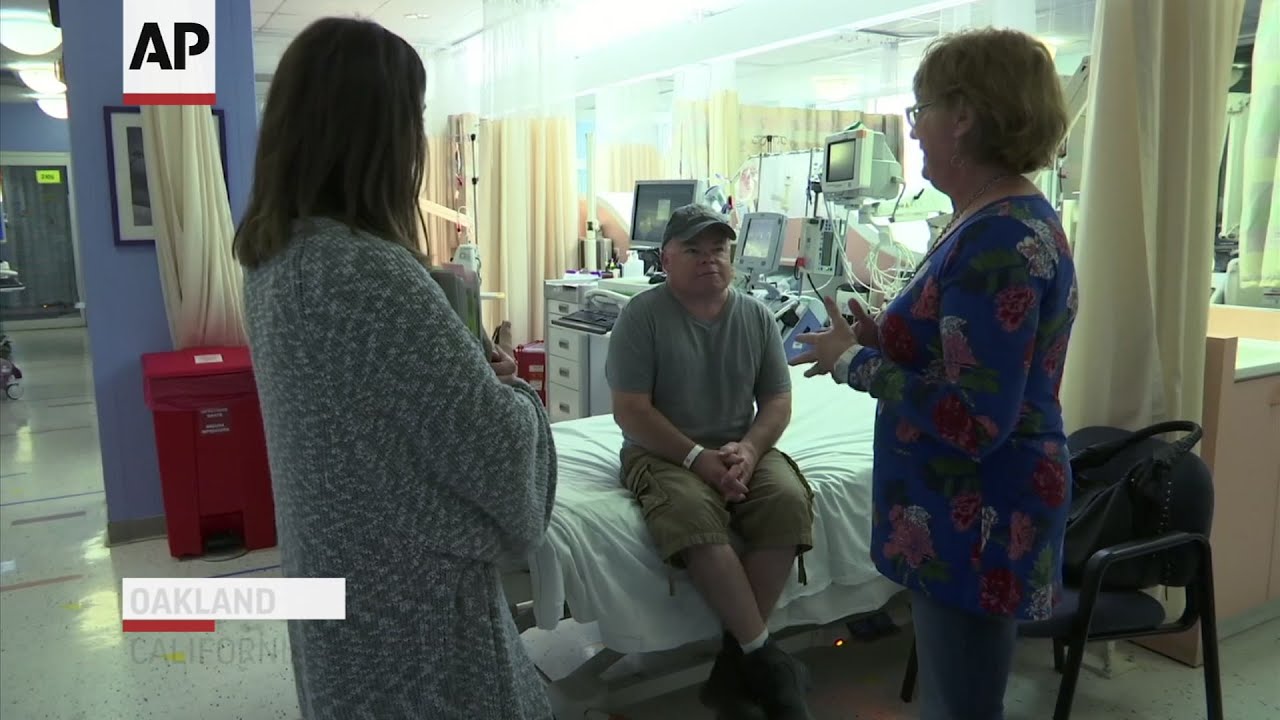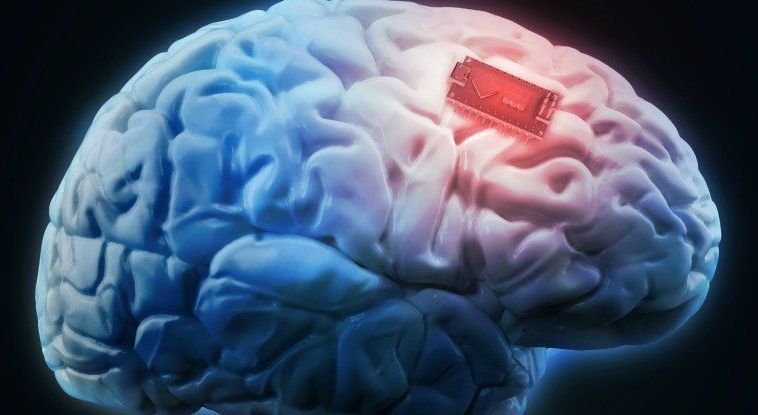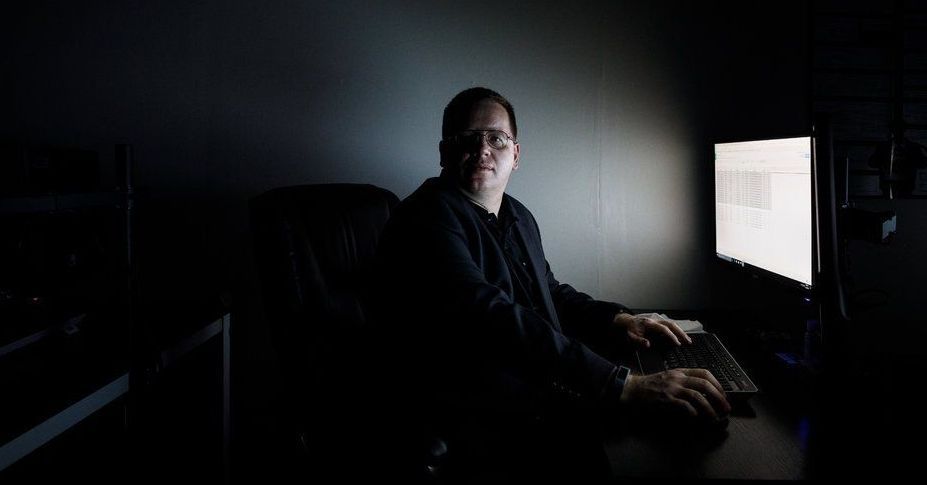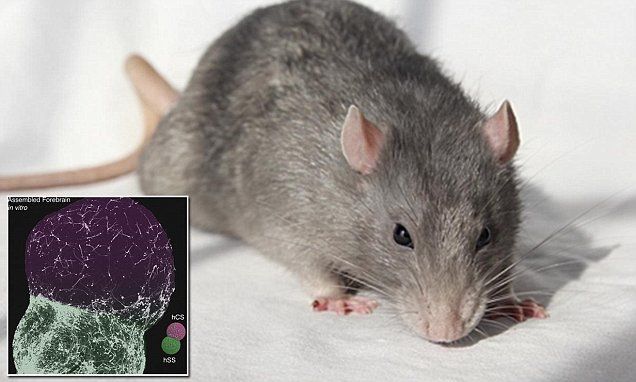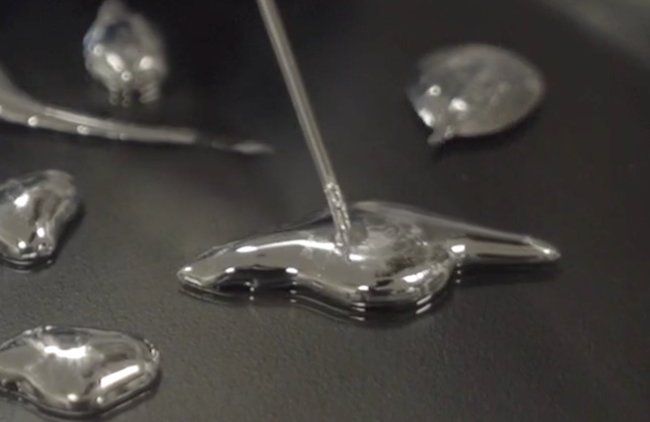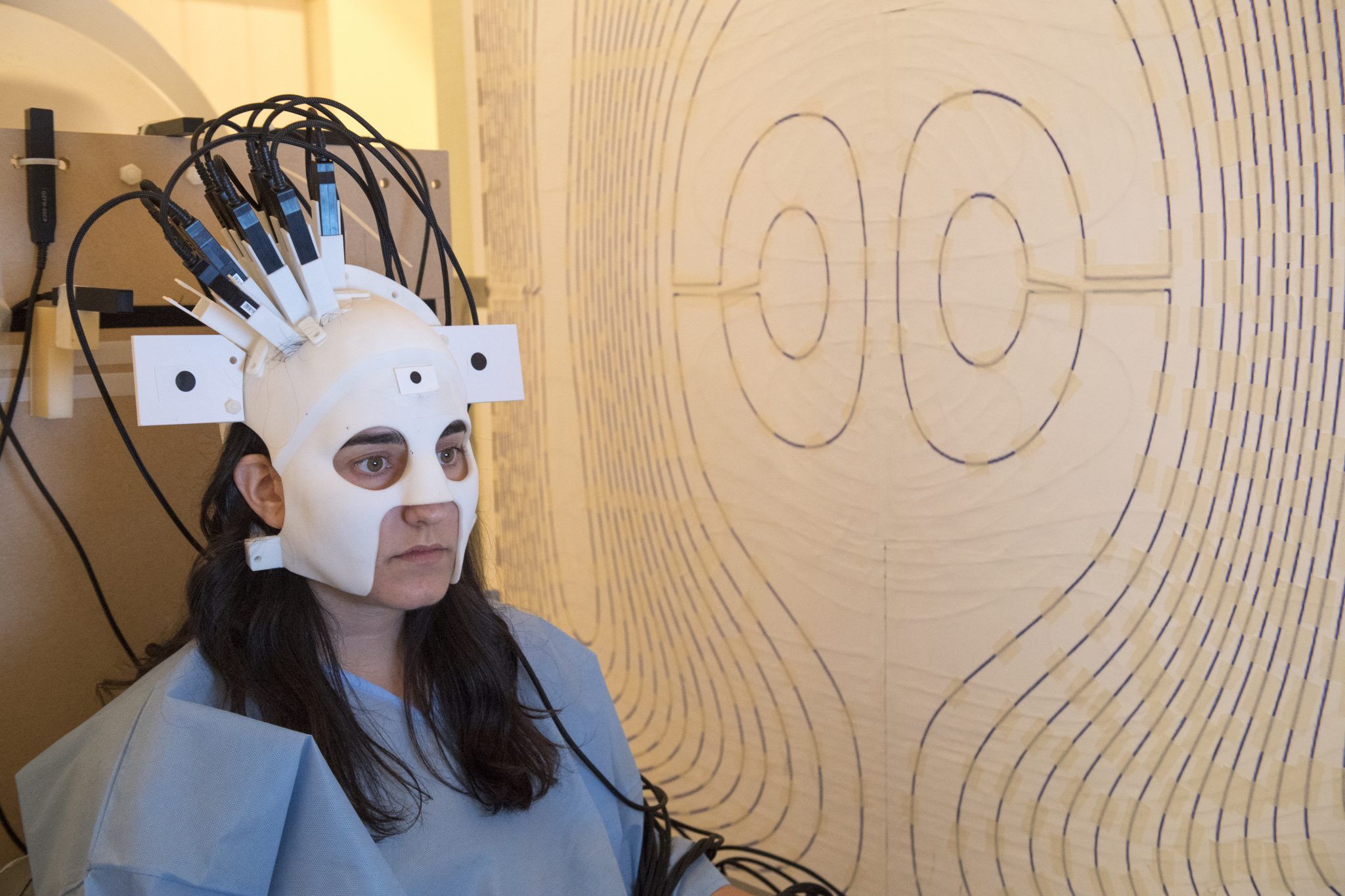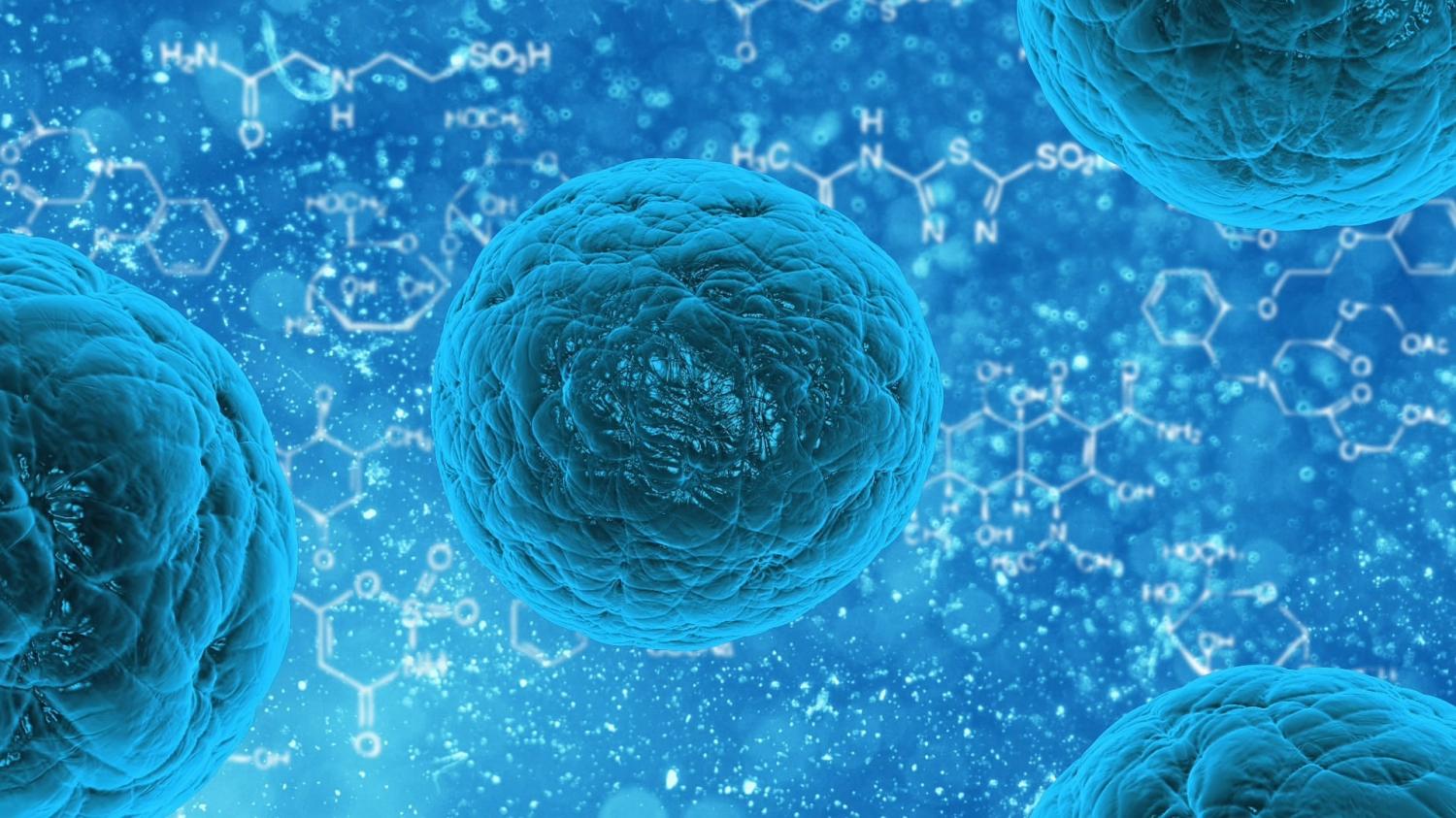He is the first patient to receive an experimental gene therapy as part of a clinical trial. Earlier this week, Sangamo Therapeutics injected Madeux with viruses containing a package of gene-editing material, according to the AP. The hope is that these viruses will enter Madeux’s cells, specifically liver cells, inject the missing gene at the right place in his DNA. Only about 1% of the liver’s cells need to be fixed, and give his liver the ability to produce the enzyme he has been missing all his life.
Brian Madeux’s life hasn’t been easy. So far, he’s had 26 operations to fix problems in everything from hernias to eyes. He has a rare disease called Hunter syndrome, which is caused by the lack of a gene that’s used to produce an enzyme that breaks down certain carbohydrates. As a result, the carbohydrates build up in his body’s cells causing all sorts of problems.
There is no cure. One way to deal with some of the symptoms is to receive regular doses of the missing enzyme, which may cost him in the US between $100,000 and $400,000 per year. Even then, the enzyme won’t reverse the damage made already and it won’t stop further deterioration that happens in the brain.
But Madeux’s life might be about to change. He is the first patient to receive an experimental gene therapy as part of a clinical trial. Earlier this week, Sangamo Therapeutics injected Madeux with viruses containing a package of gene-editing material, according to the AP. The hope is that these viruses will enter Madeux’s cells, specifically liver cells, inject the missing gene at the right place in his DNA. Only about 1% of the liver’s cells need to be fixed, and give his liver the ability to produce the enzyme he has been missing all his life.
